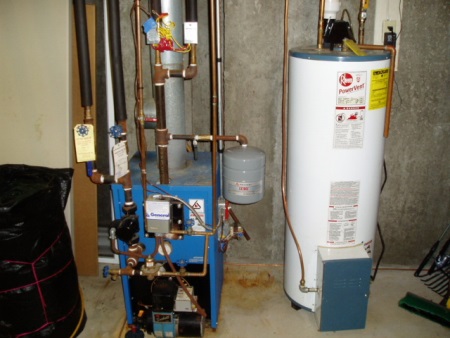Gas storage water heater: types and operating principles of gas boilers
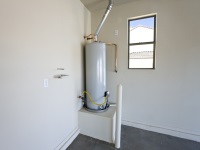
Residents of private homes connected to gas lines often choose to use gas not only for home heating, but also for heating water. This decision is more than justified, because gas is a sufficiently cheap fuel. Thus, the hot water supply, provided with the help of gas equipment is very profitable for the family budget.
If you decide to heat water in this way, then you have two possible options - a gas boiler or a gas water heater. The first device is a storage-type water heater, and the second is a flow type. Today we will talk about storage gas water heaters: about their main characteristics, varieties and features of operation.
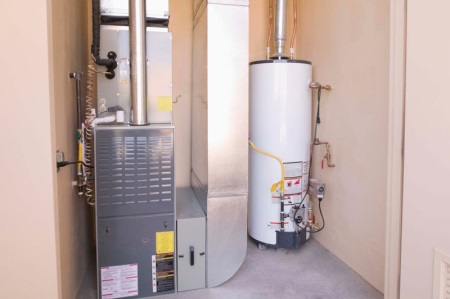
Device and principle of operation
Accumulation water heaters, unlike flow-through, heat water in advance. Heating takes place in a metal tank, which is the main part of the design of any boiler. The size of the tank depends on how much water it is designed for. Household boilers with a capacity of 50 to 300 liters are available for sale.
The water in the tank is heated by a heat exchanger. Most often it is a steel or brass coil. It is located in the lower part of the tank or distributed almost over the entire surface of the device. The coil receives heat from the gas burner, which is located in the base of the water heater in a special combustion chamber, equipped with a flame tube.
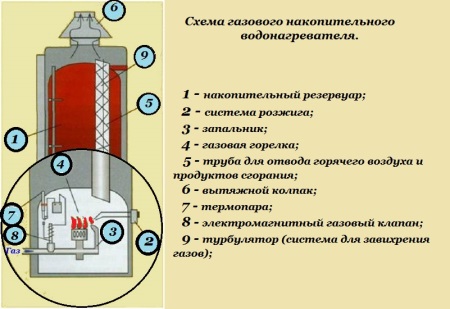
In addition to all of the above, the design of the gas boiler includes heat insulating elements, pipes for water supply and output, as well as a variety of sensors.
The tank is refilled with water automatically. When the tank receives a fresh portion of water, the gas burner turns on, the heat from which comes out through the flame tube and heats the tank. As soon as the water in the tank is heated to the desired temperature, a sensor is triggered and the gas supply is stopped.
You can get even more information about gas boilers from the following video.
Types
There are several varieties of storage gas water heaters.
Such devices are classified according to the following criteria:
- type of combustion chamber: open/closed;
- ignition type: piezo ignition/electric ignition;
- type of installation: floor/wall.
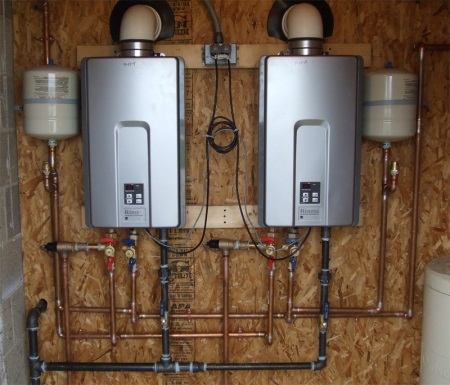
Below we will take a closer look at each type of such devices.
With an open combustion chamber
Gas boilers with an open draft are equipped with an open combustion chamber. They work on the following principle: the air required for combustion, comes directly from the room in which the water heater is installed. The products of combustion are removed through a separate pipe - the chimney, which should be equipped in advance.
This type of gas boilers is cheaper, but the installation of a ventilation system is quite expensive, so from this point of view, the next type of water heaters is more economical.
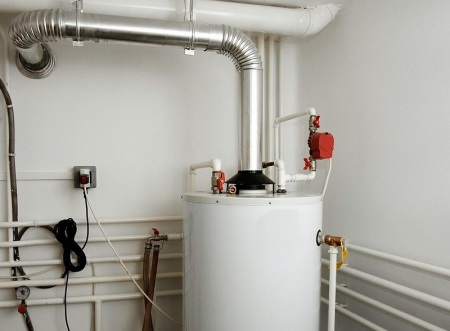
With closed combustion chamber
If you do not have the opportunity to equip a chimney in the house, the only possible way out - is to buy a boiler with forced draught. Such devices have a closed combustion chamber, equipped with a system for removing the products of combustion. This uses a special pump, which draws the smoke.
Boilers of this type do not require the purchase of additional ventilation, as they do not take oxygen from the room. That is why private house owners usually give preference to them.
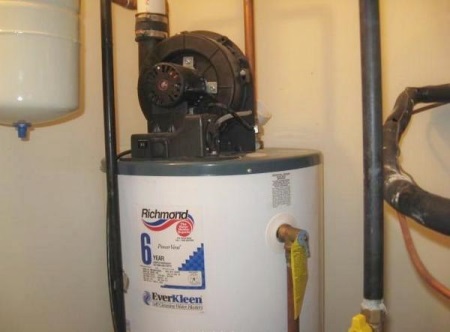
With piezo ignition
There is no need to use matches or a lighter to ignite modern gas equipment. Even the simplest models of gas boilers, start heating after simply pressing a button. Water heaters, not equipped with automatic heating function, belong to the class of devices with piezo ignition. Many people consider such devices already outdated, but they are losing their popularity, thanks to their low cost.
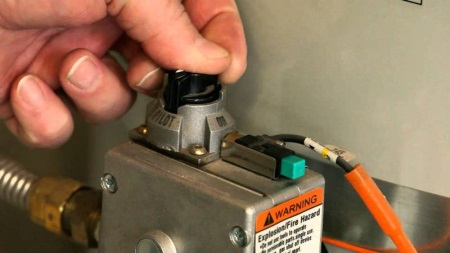
With electric ignition
More modern models of storage gas water heaters are equipped with an automatic ignition system, which starts itself when you turn on the tap with water. Such models are more convenient to use, in addition, they consume fuel more economically. Electric ignition system works from electricity or batteries.
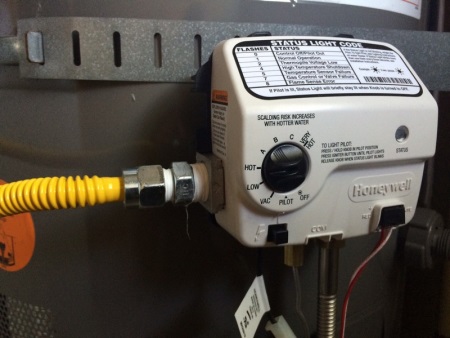
Floor standing
Floor gas water heaters have a large volume - from 100 to 300 liters, so they are not small in size. This must be taken into account when buying, because it can be quite difficult to find a place to install such a large device. Since this type of boilers has a large capacity, they are usually purchased by owners of private houses, where there is no hot water supply all year round.
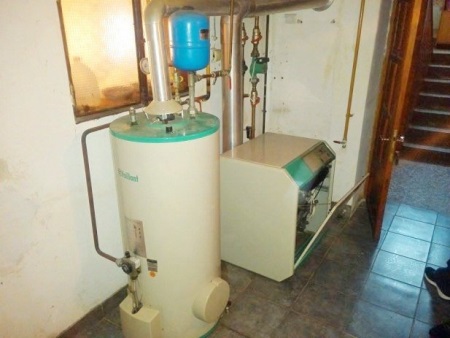
Wall
Wall storage water heaters are more compact. They are usually placed directly above the plumbing fixtures. This is very convenient, as it allows a more rational use of space. Devices of this kind are designed for a small volume of water, so they are most often purchased for installation in city apartments - as a temporary solution to the problem of lack of hot water during seasonal shutdowns.
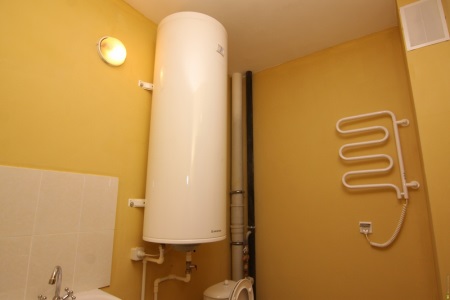
Popular volumes
The volume of the tank - the most important factor when choosing a storage gas water heater. From this parameter depends a lot of significant and not so nuances, starting from the time of water heating and ending with the size of the device. Manufacturers produce boilers with a capacity of several tens to several hundreds of liters.
Choosing the right amount of water tank should take into account the number of household members and the daily water consumption for each of them. For example, for families with small children is advisable to buy a roomier model, and for single people or couples who are rarely at home, fit very small water heaters capacity of 10 to 50 liters.
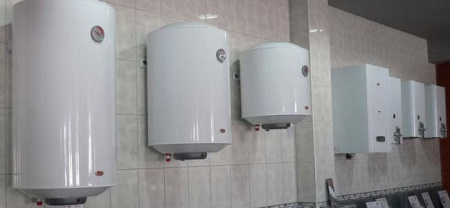
150 liters.
If it comes to buying a storage water heater for a country house, in which the family lives permanently, you need to consider devices with a tank capacity of not less than 150 liters. This is the amount of hot water in the tank is necessary in order for the family consisting of several people to have no problems with carrying out hygienic procedures.
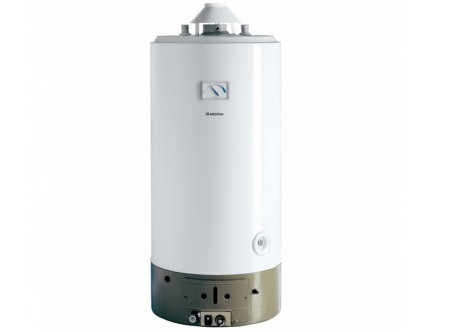
200 liters
It is estimated that 150 to 200 liters of water is needed for bathing, 50 to 90 liters for showering and 20 to 30 liters per day for washing dishes. Add another 10 to 15 liters that are used to wash your face and hands, then multiply that number by the number of people in your household. The result of the calculations may unpleasantly surprise you. That is why water heaters with a large tank volume (from 200 liters) are considered the best solution for the family, especially if it lives in a private home without hot water.
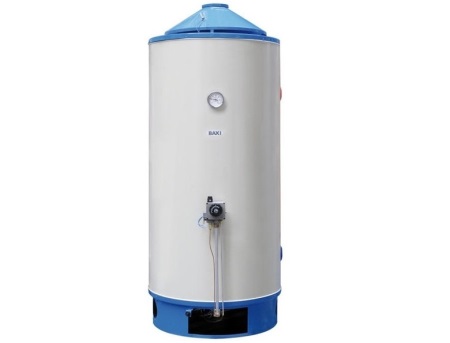
Connection scheme and installation
Installation of the storage water heater should be carried out in strict accordance with the installation instructions, which you will certainly find in the user manual.
We want to give you a few recommendations that will allow you to make the connection of the device to the utilities as best as possible and safely.
- The heater must be installed against the wall, making sure that the hot and cold water pipes are strictly parallel to it. A small distance should be left between the heater and the wall to allow for preventive inspection and maintenance of the knot connections.
- It is recommended to use a ¾" diameter pipe to connect to the water mains. Stand facing the appliance: the pipe for hot water should be on the left hand and the pipe for cold water on the right hand.
- Using a safety valve for storage water heaters will help avoid overheating the device and the associated unpleasant consequences.
- Before you start connecting the boiler to the water pipes, open the cold water faucet. Make sure that it is clean enough, without any sand, rust particles or other small debris. If necessary, cut into the pipe a special water filter (on the section of the network before the water heater).
- It is also recommended to check the pressure in the water pipes before installation. Its level should not be higher than 8 bar. If this value is exceeded, a pressure reducer should be installed.
- Water droplets falling from the hydraulic valve is a sign of normal operation of the unit and the water mains. But it is necessary to make sure that water from the valve does not get on the body of the water heater. To do this, you need to attach a special drainage funnel to the valve with an outlet to the sewer.
- If the boiler is installed in a country house, which has no permanent heating, you need to monitor that the tank does not have water left when the temperature outside drops below freezing. Therefore, when leaving the house in the cold season, always drain the remaining liquid from the tank, otherwise the device may fail.
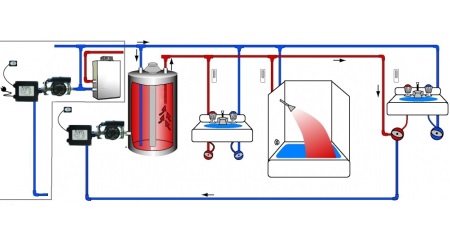
Venting
Accumulation gas water heaters that draw air from the room in which they are installed should be placed only in rooms that meet several important requirements
- The air intake is from the street or from an adjacent room;
- The room has a ventilation opening of at least 1 m2 (the area of the hole is calculated depending on the power of the appliance - 6 cm2 for each kW);
- The ventilation opening must be obstructed by a grid that does not obstruct the air flow, and the opening must not be obstructed by anything.
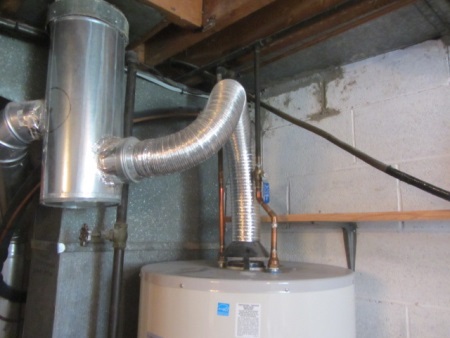
Selection tips
It is impossible to give definite advice about what kind of water heater is better: gas or electric, flow-through or storage. Each of the varieties has its own advantages and disadvantages.
Thus, gas boilers are more economical, but they are considered less safe than electric. Accumulation water heaters provide uniform heating of water, but flow-through models perform heating faster and in larger volumes. Therefore, each buyer must decide for himself which of the characteristics of water heaters for him more important. In addition, you should also take into account the technical possibilities of connection, such as the presence of a gas pipeline or water supply with normal pressure in the system.
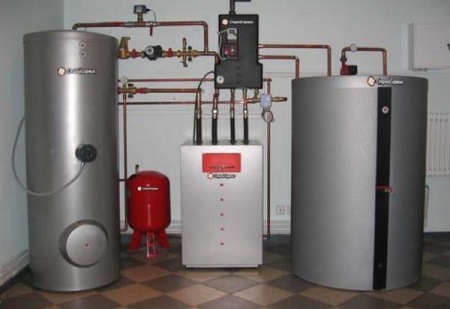
Reviews
Technical specifications are certainly the key, but by no means the only factor determining the choice of a storage gas water heater. In addition to dry numbers, it is also recommended to take into account the opinion of those who already use gas boilers. Getting acquainted with the reviews of real buyers, you will learn how this or that model behaves in practice, rather than in the promises of sellers.
Studying the reviews, you should pay attention to the frequently occurring breakdowns - it is by them you can figure out the "weaknesses" of different models and manufacturers. Get acquainted with the reviews of Internet users can be on thematic forums or on the pages of various stores that sell gas water heaters.
